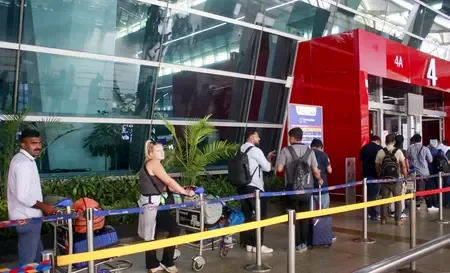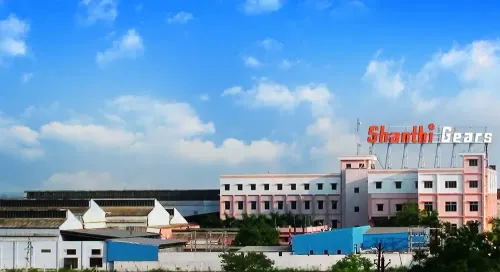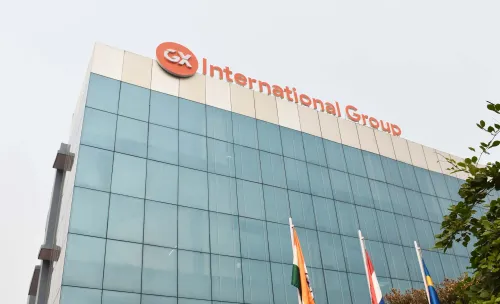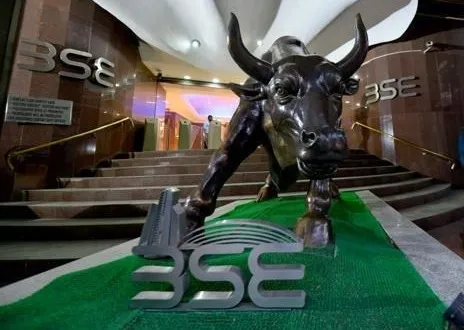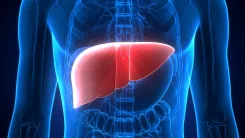Will the APEC Summit 2025 Lead to a S. Korea-US Trade Deal?
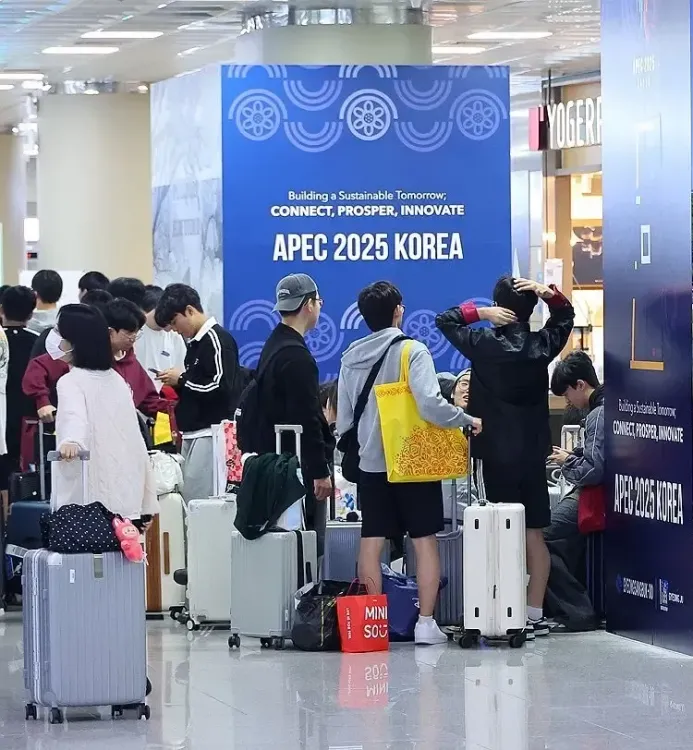
Synopsis
Key Takeaways
- APEC Summit 2025 is set to be a pivotal event for trade discussions.
- South Korea and the U.S. are negotiating a $350 billion investment deal.
- The outcome could significantly impact the Korean economy.
- Key leaders are expected to meet to resolve lingering trade issues.
- Negotiations are focusing on financing and profit-sharing methods.
Seoul, Oct 24 (NationPress) With just seven days left until the Asia-Pacific Economic Cooperation (APEC) summit, all eyes are on whether South Korea and the United States can finalize an official tariff agreement during the two-day conference. Efforts are intensifying to address concerns regarding Seoul's $350 billion investment pledge to Washington.
The 2025 APEC summit is set to occur in the southeastern city of Gyeongju starting next Friday, and a meeting between South Korean President Lee Jae Myung and U.S. President Donald Trump is anticipated.
The central question is whether the two nations can wrap up their trade deal ahead of the summit, a pact that would significantly influence Korea’s export-reliant economy.
On Wednesday, Kim Yong-beom, the presidential chief of staff for policy, and Industry Minister Kim Jung-kwan flew to Washington for follow-up tariff discussions with U.S. Commerce Secretary Howard Lutnick, shortly after their previous trip to the U.S. capital.
They returned home early Friday, marking their latest U.S. visit as potentially the final high-level trade discussions before the upcoming APEC summit.
The nations are striving to resolve disagreements regarding the specifics of the proposed $350 billion investment package, focusing on aspects such as financing strategies and profit distribution.
On July 30, Seoul and Washington reached a preliminary agreement under which the U.S. would reduce the reciprocal tariff for South Korea from 25 percent to 15 percent in exchange for Korea's $350 billion investment in the U.S., alongside enhanced collaboration in sectors like shipbuilding, semiconductors, batteries, and more. The U.S. also committed to lowering the 25 percent tariff on Korean automobiles to 15 percent.
Trump indicated that the investment would be made “upfront,” whereas Seoul officials contended that this pledge was intended for financing projects rather than a direct cash influx, advocating for financial safeguards, including a currency swap agreement.
After months of negotiations, the presidential policy chief noted this week that the two nations have come “quite” close to finalizing their trade discussions, highlighting “substantial” progress on most matters.
The remaining major issue in the ongoing trade talks appears to be the extent of direct investment from South Korea and the timeline for that investment.
Recently, Seoul officials reported that the U.S. administration seems to be softening its demand that Seoul must fulfill its entire $350 billion investment commitment upfront in cash.
The Korean government is believed to have suggested spreading the $350 billion investment over a decade to ease the burden on its foreign exchange reserves, as the country can utilize up to $20 billion from its FX reserves in a single year.

